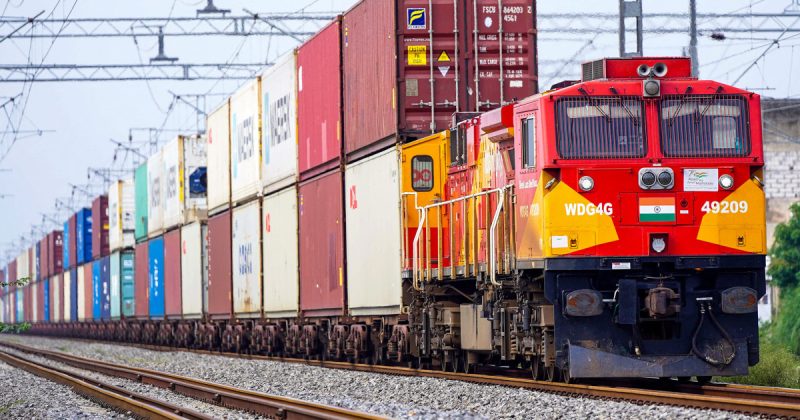
President Donald Trump’s decision to impose a 50% tariff on Indian goods has sent shockwaves through the global economy. This dramatic escalation, ostensibly a punishment for India’s purchase of Russian oil, risks significantly damaging a crucial relationship between the US and India, a partnership considered vital in countering China’s growing influence. The tariffs, initially set at 25%, were doubled earlier this month, highlighting the severity of the US’s response. This move represents one of the highest tariffs imposed during Trump’s ongoing global trade war.
The impact of these tariffs could be devastating for India. Goods imported from India into the US were valued at $87.3 billion in 2024, representing a significant portion of India’s export economy. A 50% tariff on half of these exports could severely cripple Indian businesses and force them to seek alternative markets in regions like Latin America and the Middle East. This sudden shift could have long-term consequences for India’s economic stability and its international trade relationships.
The move is a stark reversal from the seemingly favorable position India enjoyed earlier in the Trump administration. The strong economic ties and the personal rapport between Trump and Prime Minister Narendra Modi appeared to foster a positive relationship. However, the recent tariff hike demonstrates a significant deterioration in this once-positive dynamic.
Vice President JD Vance, whose wife is the daughter of Indian immigrants, attempted to justify the aggressive economic leverage against India, stating that the US aimed to hinder Russia’s economic gains from its oil sales. Despite India’s objections, the US has proceeded with its threat, potentially jeopardizing decades of progress in strengthening US-India relations.
The timing of this tariff hike is particularly intriguing, occurring amidst Trump’s recent attempts to mediate peace in the Ukraine conflict. Ironically, India’s purchases of Russian oil were partly driven by previous US requests to keep oil prices low, a point emphasized by former US Ambassador to India, Eric Garcetti. He pointed out that India’s actions were, in a way, a consequence of the US’s own policy designs.
The imposition of these tariffs casts a long shadow over the future of US-India trade relations. Despite five rounds of negotiations, a bilateral trade deal remains elusive, largely due to India’s reluctance to fully open its markets to cheaper US imports, a move that could displace millions of Indian workers. Prime Minister Modi has vowed to protect the interests of Indian farmers and small businesses, facing immense domestic pressure to resist US demands.
The situation is further complicated by Trump’s unwavering stance on India halting Russian oil imports. The imposition of these high tariffs, therefore, represents a significant gamble with potentially far-reaching geopolitical consequences. Only time will tell the full extent of this economic and political earthquake.










